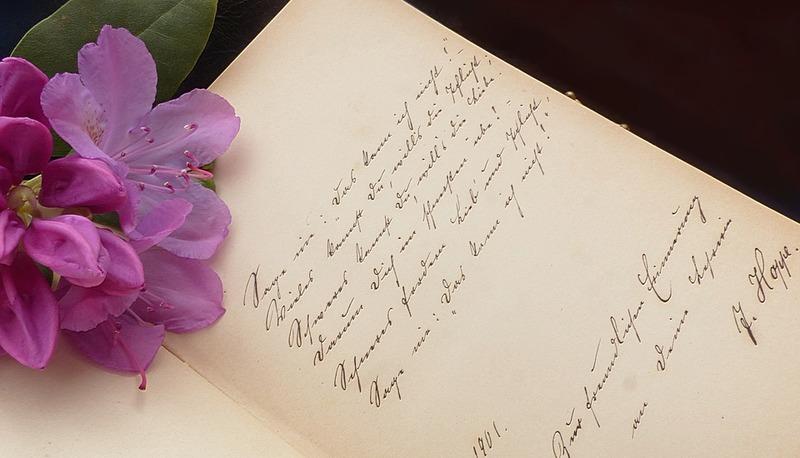Concetti Chiave
- The poet experiences solitude during a walk in the Lake District, which is transformed by the sight of daffodils.
- Daffodils are personified as a lively, dancing crowd, whose beauty surpasses other natural elements like waves.
- The poem is structured into four stanzas, each capturing a distinct aspect of the poet's encounter with the daffodils.
- In the final stanza, the poet reflects on the lasting joy and connection to nature the memory of the daffodils provides.
- The poem emphasizes themes of nature's beauty and its impact on human emotions, offering a sense of blissful solitude.
La poesia dei narcisi
That floats on high o'er vales and hills,
When all at once I saw a crowd,
A host, of golden daffodils;
Beside the lake, beneath the trees,
Fluttering and dancing in the breeze.
Continuous as the stars that shine
And twinkle on the milky way,
They stretched in never-ending line
Along the margin of a bay:
Ten thousand saw I at a glance,
Tossing their heads in sprightly dance.
The waves beside them danced; but they
Out-did the sparkling waves in glee:
A poet could not but be gay,
In such a jocund company:
I gazed--and gazed--but little thought
What wealth the show to me had brought:
For oft, when on my couch I lie
In vacant or in pensive mood,
They flash upon that inward eye
Which is the bliss of solitude;
And then my heart with pleasure fills,
And dances with the daffodils.

Il poeta e la natura
The poet, during a walk in the Lake District, saw a great quantity of daffodils which made him feel happy and in contact with nature the flowers are personified, in fact they are described as a dancing crowd, whose beauty is superior to everything else.
The poem is divided into 1. In the I stanza: He is alone, when suddenly he sees a host of daffodils.
2. In the II stanza: The poet describes the flowers.
He sees ten thousand daffodils that are compared to the stars that shine on the Milky Way.
3. In the III stanza: Now the poet is happy because the flowers make him feel happy and in touch with nature.
4. In the IV stanza: The poet, when he comes home, remembers the daffodils, which appear in that inward eye and which is the bliss of solitude and make his heart happy.
per approfondimenti vedi anche:
Wordsworth, William - I wondered lonely as a cloud
Domande da interrogazione
- Qual è l'elemento centrale del poema "I Wandered lonely as a cloud"?
- Come vengono descritti i narcisi nel poema?
- Qual è l'effetto duraturo che i narcisi hanno sul poeta?
L'elemento centrale del poema è l'incontro del poeta con un gran numero di narcisi, che lo riempiono di gioia e lo mettono in contatto con la natura.
I narcisi sono descritti come una folla danzante, paragonati alle stelle che brillano sulla Via Lattea, e la loro bellezza è considerata superiore a tutto il resto.
I narcisi continuano a riempire il cuore del poeta di piacere anche quando è a casa, apparendo nel suo "occhio interiore" e rappresentando la beatitudine della solitudine.






 Accedi a tutti gli appunti
Accedi a tutti gli appunti
 Tutor AI: studia meglio e in meno tempo
Tutor AI: studia meglio e in meno tempo